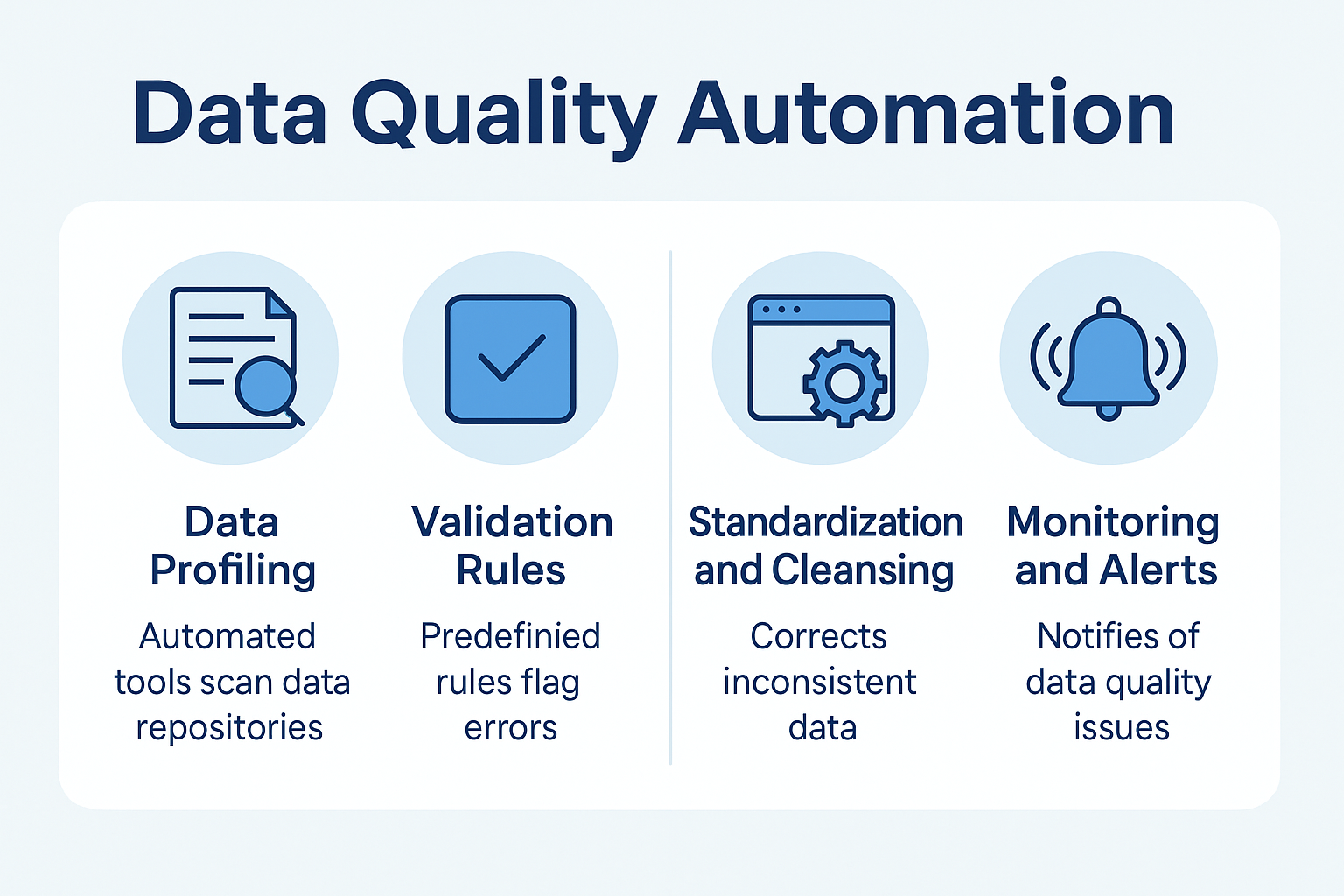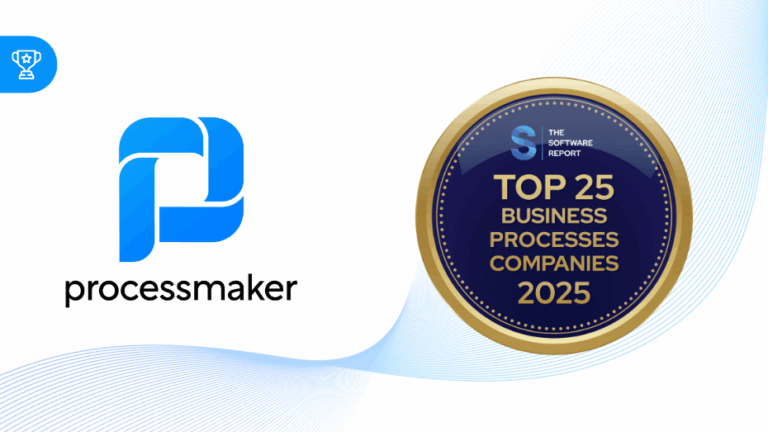In 1984, the term “business rule” was published. Business rules are not new, but they have gained a larger audience in recent years. Today, there is a surging emphasis on combining business rules with business processes. Let’s take a more in-depth look.
What are business rules?
Business rules state business structure. For example, ‘all new customers require a credit check’. They can be hidden in legacy systems’ source code, decision tables, tacit knowledge, or workflow descriptions. However, a business rule falls under a business jurisdiction where a business can create, modify, or eliminate any governing business rules. In addition, a business rule is static without any degree of freedom.
Business rules have advantages; for instance, you can simplify process modeling by reducing decision points. Take a look at an insurance claim process where many decisions must be made before issuing a payment to a claimant. If you were to model every decision, you would overwhelm the business process and add to its complexity. Too many processes and decisions mitigate agility.
Are there different types of business rules?
Well, yes. Here are the types below:
- Structural assertion: The structure of a business that decides how decisions are made is expressed by a specific fact.
- Action assertion: A set of constraints that control several aspects of any business-based action.
- Derivation: Deriving data from any other collection of business knowledge.
Within the business process, we get three more types:
- Coordination rules: A process can only continue if there are a set of requirements in place or “coordination rules.”
- Qualification/ disqualification rule: Rules that are used when a subject needs to be filtered and either qualified or disqualified.
- Decision rule: When an action needs to be reviewed, approved, or rejected before moving on to the next step.
Why do business rules matter?
Business rules provide the ability to guide how business processes should be conducted and what expectations to meet. Business rules can help a company meet compliance with standards to ensure local, state, and federal regulatory requirements are acknowledged within business processes. Business rules can establish safety protocols, conflict resolution, and assist in the prevention of potential litigation. You can use a wide range of approaches towards creating business rules. Some examples include:
- Using a decision-making hierarchy for processing invoices where specific values are tied to management-based approvals.
- Calculations that determine bonuses and commissions for the sales department.
- A selection of questions that filter requirements for vendor selection.
- A set of yes or no questions for customers determines relevant quotes, packages, services, and products.
How can business rules help your organization achieve its objectives? With business rules in place, you can more easily pinpoint errors and bottlenecks to mediate quickly. Moreover, business rules offer better control over business processes. And, business rules help to strengthen business processes designed to create more efficiency and productivity. Also, business rules can be used to guide processes created to minimize losses while increasing profitability. Additionally, business rules ensure that the company has standards by which they have collaborated to ensure the institution meets its goals as rapidly as possible.
What are business processes?
When tasks are conjoined to bring about a specific product, solution, or service, it is called a business process. According to the Business Process Manifesto: “Business Process clearly describes the work performed by all resources involved in creating outcomes of value for its customers and other stakeholders.” Further, the BP Manifesto clearly states: “Rules are not process and not procedure. They should not be contained in either of these. Rules apply across processes and procedures.” As a result, there should be a distinct separation between business rules and business processes.
To illustrate, an apartment rental insurance company may institute this business rule: “An application for renter’s insurance will be approved only if the applicant is of legal age based on the state.” This is just one of many business rules that can be used as the basis for whether a renter will get the insurance rate and package they want. Other rules might include credit-worthiness, any history of evictions, and rental history along with rental insurance payment history – if applicable. As such, state documents are required, and many tasks will ensue sifting through and validating records.
How would you go forward applying business rules within business processes? If you already have business rules in place, then the way to move forward would be to evaluate your current rules and look for opportunities to refine, optimize, and tweak your rules. Suppose you are starting to consider implementing business rules. In that case, it is time to determine where they can apply and what types of rules would align best with your company’s strategic initiatives.
Are you ready to apply business rules within your organization?
In the digital age, there are limitless options for improving both efficiency and productivity. When you have the right business rules in place, ProcessMaker offers a robust low-code process orchestration platform that helps organizations across the globe achieve digital transformation.





